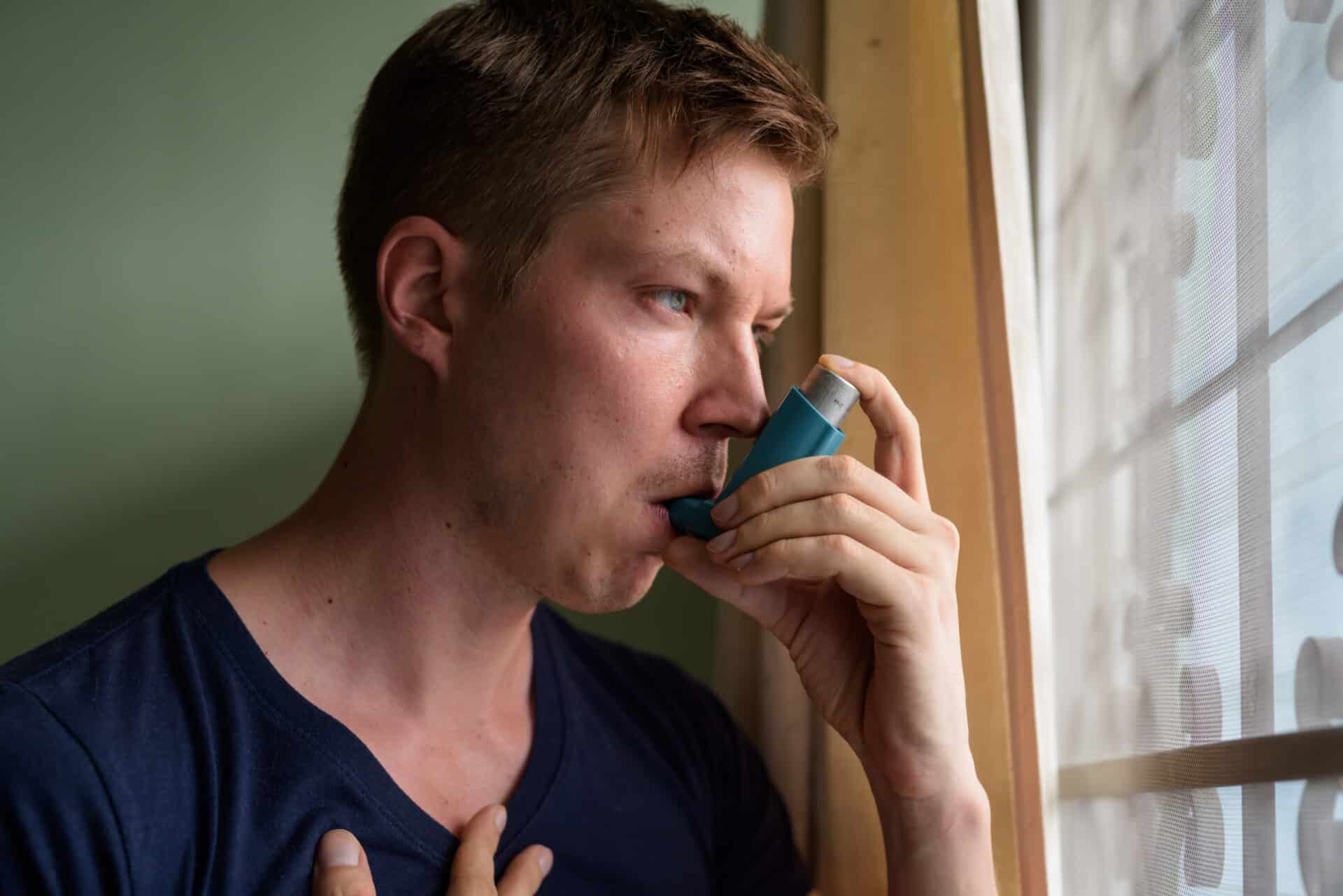Leah Bucholz sheds light on the connection between asthma and burn pit exposure in veterans. We will explore the implications of burn pit exposure on veterans’ health, particularly focusing on respiratory conditions like asthma. Additionally, we will discuss the significance of the recently passed PACT Act in addressing the health concerns of veterans and the improvements it brings.

The Impact of Burn Pit Exposure
Exposure to burn pits and various chemical irritants in the Middle East has been a longstanding concern for veterans. Many returning service members have reported unexplainable multi-system illnesses, including respiratory issues such as asthma, allergic rhinitis, chronic sinusitis, and more. The exposure to burn pits and environmental toxins has been identified as a significant factor in the development of these health issues.
The Pact Act and Its Role
While the challenges faced by veterans in connecting their health issues to military service were present before, the recently passed Pact Act aims to address these concerns comprehensively. Officially known as the “Sergeant First Class Heath Robinson Honoring Our Promise to Address Comprehensive Toxins Act,” this legislation brings about positive changes for veterans, including those from Vietnam, Gulf War era, and post-9/11. The act acknowledges the link between military service and various health conditions, providing a framework for easier identification and compensation.
Understanding Asthma
Before delving into the impact of burn pit exposure, it’s essential to understand what asthma is. Asthma is a respiratory condition that can make those suffering from it have difficulty breathing at times due to inflammation and extra mucus production. Symptoms may include coughing, shortness of breath, and wheezing. It can affect the airways, restricting their ability to function properly. It is important to consult with healthcare professionals to receive accurate diagnoses and appropriate medical advice.
The Impact on Lungs
The difference between normal lungs and asthmatic lungs is in the airway functionality, resulting the challenges individuals with asthma may face. While asthma is a complex condition with various manifestations, exposure to chemical irritants has been identified as a common trigger, especially in veterans returning from deployment.
Research and Studies Supporting the Connection
Even before the enactment of the Pact Act, extensive research was conducted to establish the link between burn pit exposure and respiratory disorders in veterans. One prospective study, “Study of Active Duty Military for Pulmonary Disease Related to Environmental Deployed Exposures,” focused on soldiers returning from Iraq and Afghanistan, documenting complaints of respiratory illnesses. Another significant study, “Proposed Iraq and Afghanistan War Lung Injury Clinical Practice Recommendations,” explored clinical practice recommendations related to upper respiratory issues, post-nasal drip, allergic rhinitis, chronic cough, and asthma. These studies provide substantial evidence supporting the correlation between burn pit exposure and respiratory conditions in veterans.
The Role of the Burn Pit Registry
Acknowledging the severity of the issue, the VA has established the Burn Pit Registry to identify and address conditions related to burn pit exposure. This registry aims to help veterans recognize potential health concerns and provides a platform for collecting data on the long-term effects of burn pit exposure. The efforts made by the VA, coupled with the provisions of the Pact Act, indicate a commitment to better understanding and addressing the health challenges faced by veterans.
Conclusion
In conclusion, the connection between burn pit exposure and respiratory conditions, including asthma, is a pressing concern for veterans. The recent enactment of the Pact Act signifies a positive step towards recognizing and compensating veterans for health issues related to their military service. The combination of ongoing research, established registries, and legislative support demonstrates a commitment to improving the well-being of those who have served in the armed forces. Veterans are encouraged to explore these resources, engage with healthcare professionals, and utilize the available support systems to address their health concerns effectively.
Also read: What to Expect in an Ankle Pain C&P Exam
At Prestige Veteran Medical Consulting, a veteran-owned company, we specialize in Independent Medical Opinions (IMOs) known as Nexus letters.
Our purpose is to empower YOU, the veteran, to take charge of your medical evidence and provide you with valuable educational tools and research to guide you on your journey.
Understanding the unique challenges veterans face, our commitment lies in delivering exceptional service and support.
Leveraging an extensive network of licensed independent medical professionals, all well-versed in the medical professional aspects of the VA claims process, we review the necessary medical evidence to incorporate in our reports related to your VA Disability Claim.
Prestige Veteran Medical Consulting is not a law firm, accredited claims agent, or affiliated with the Veterans Administration or Veterans Services Organizations. However, we are happy to discuss your case with your accredited VA legal professional.













